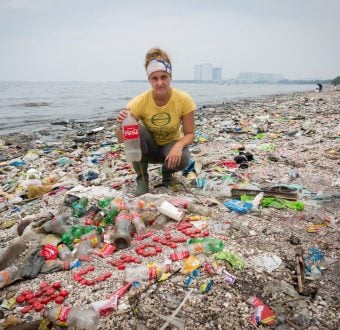60 million people asked Obama to do something about its’ risks and our own John Deans dropped his knowledge about the stuff on HuffPostLivetoday.
We’re talking about toxics, and more than 100 million of us are at risk of a toxic disaster from the thousands of chemicals facilities in the country including 500 near major U.S. cities. Folks in Richmond, CA experienced first-hand the scary results of a Chevron refinery fire which sent more than 4000 people to the hospital.
Deans has also co-authored a piece about hazardous chemical plants in The Nationwith Richard Moore, an environmental justice leader and co-founder of the Southwest Network for Environmental and Economic Justice. Moore also happens to live in the vulnerability zone of one of the most dangerous chemical facilities in New Mexico.
Read an excerpt from John Deans’ Huffington Post blog below:
“The danger is real and widespread; from coast to coast, major cities are host to chemical plants that process chlorine, hydrofluoric acid, phosgene, and other deadly toxins. The nation’s most dangerous plant, located just outside New York City, puts 12 million people at risk of exposure; in Los Angeles, almost 5 million would be in the path of a toxic release. All told, these chemical facilities put over 100 million Americans directly in harm’s way…Fortunately, alternatives exist. Technologies that are cheap and readily available can replace the dangerous chemicals used by these facilities, and some companies, like Clorox, are already doing the right thing. And widespread change might be coming; right now, the Obama administration and the Environmental Protection Agency are considering updating the Clean Air Act to safeguard America’s chemical facilities in order to ensure the safety of people who live near them. For millions of families, those safeguards can’t come a moment too soon.”
Check out our chemical plants map to see if there is one near you and read the petition a coalition of organizations including Greenpeace filed with the EPAasking them for stricter regulations on the chemical industry.




